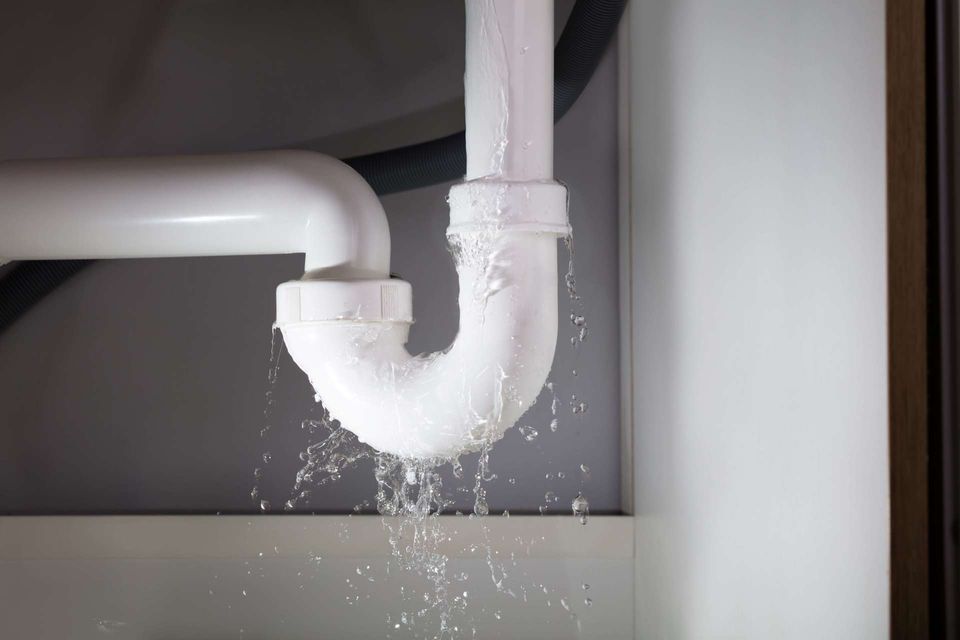Everyone will have their personal assumption about Locating water leaks.

Early discovery of leaking water lines can reduce a possible disaster. In addition to conserving you cash, it will lessen the irritation and irritation. The minute you locate a leakage, calling your plumber for repairs is the best service. However, some tiny water leaks may not be visible. If you can not discover it with your naked eyes, right here are some hacks that aid.
1. Check Out the Water Meter
Every home has a water meter. Inspecting it is a proven way that assists you discover leaks. For beginners, switch off all the water sources. Ensure nobody will certainly flush, make use of the faucet, shower, run the cleaning machine or dish washer. From there, most likely to the meter and watch if it will change. Considering that no person is using it, there need to be no movements. That shows a fast-moving leakage if it moves. If you spot no adjustments, wait a hr or 2 and check back once again. This implies you may have a slow leak that could also be below ground.
2. Check Water Consumption
If you identify abrupt adjustments, regardless of your intake being the very same, it means that you have leaks in your plumbing system. An abrupt spike in your costs suggests a fast-moving leakage.
At the same time, a steady boost on a monthly basis, despite having the exact same behaviors, reveals you have a sluggish leak that's likewise slowly rising. Call a plumber to extensively inspect your home, particularly if you feel a warm area on your flooring with piping underneath.
3. Do a Food Coloring Examination
When it comes to water intake, 30% comes from toilets. If the color in some way infiltrates your dish during that time without flushing, there's a leak between the storage tank and bowl.
4. Asses Exterior Lines
Do not forget to examine your exterior water lines as well. Must water permeate out of the link, you have a loose rubber gasket. One small leakage can lose heaps of water as well as increase your water expense.
5. Evaluate and also Examine the Situation
House owners need to make it a habit to inspect under the sink counters and also even inside cupboards for any kind of bad odor or mold growth. These two warnings suggest a leak so prompt focus is needed. Doing routine evaluations, also bi-annually, can save you from a significant issue.
More significantly, if you recognize your house is already old, maintain a watchful eye on your heating units, hose pipes, pipelines etc. Check for discolorations and also compromising as the majority of home appliances and also pipes have a life span. They will additionally naturally deteriorate because of tear and wear. If you believe dripping water lines in your plumbing system, don't wait for it to rise. Call a professional plumber right away so you don't wind up with a terrible mess in your house.
Early detection of leaking water lines can alleviate a prospective calamity. Some tiny water leakages may not be noticeable. Examining it is a proven way that aids you find leakages. One little leakage can waste heaps of water and surge your water bill.
If you suspect leaking water lines in your plumbing system, don't wait for it to escalate.
WARNING SIGNS OF WATER LEAKAGE BEHIND THE WALL
PERSISTENT MUSTY ODORS
As water slowly drips from a leaky pipe inside the wall, flooring and sheetrock stay damp and develop an odor similar to wet cardboard. It generates a musty smell that can help you find hidden leaks.
MOLD IN UNUSUAL AREAS
Mold usually grows in wet areas like kitchens, baths and laundry rooms. If you spot the stuff on walls or baseboards in other rooms of the house, it’s a good indicator of undetected water leaks.
STAINS THAT GROW
When mold thrives around a leaky pipe, it sometimes takes hold on the inside surface of the affected wall. A growing stain on otherwise clean sheetrock is often your sign of a hidden plumbing problem.
PEELING OR BUBBLING WALLPAPER / PAINT
This clue is easy to miss in rooms that don’t get much use. When you see wallpaper separating along seams or paint bubbling or flaking off the wall, blame sheetrock that stays wet because of an undetected leak.
BUCKLED CEILINGS AND STAINED FLOORS
If ceilings or floors in bathrooms, kitchens or laundry areas develop structural problems, don’t rule out constant damp inside the walls. Wet sheetrock can affect adjacent framing, flooring and ceilings.
https://www.servicemasterbyzaba.com/blog/how-to-detect-water-leakage-in-walls/

As a fervent reader on Hacks to detect leaks, I assumed sharing that piece of content was appropriate. Those who enjoyed reading our blog posting kindly be sure to share it. I praise you for your time. Kindly check our website back soon.